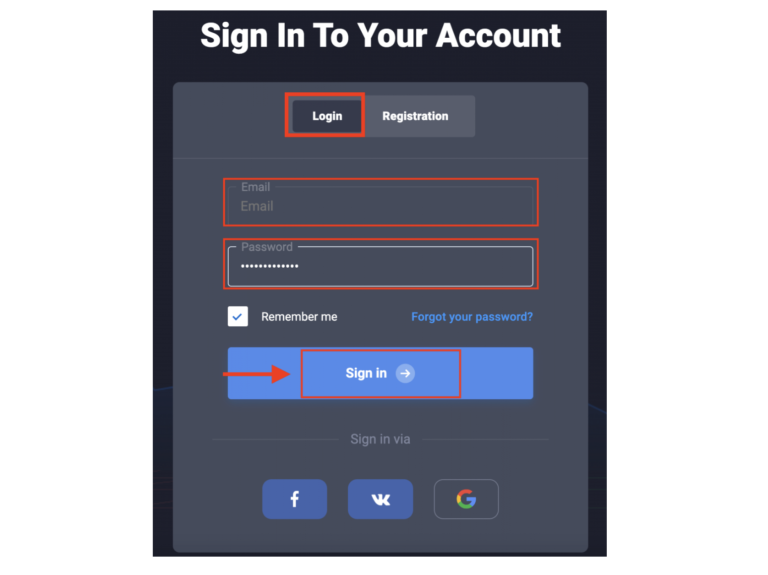Quotex Id Login Digital Options Guide Latest
ASIC in Australia are a strong regulator – but they will not be implementing a ban.This supervision includes oversight of the Foreign Exchange Management Act (FEMA), which aims to manage foreign exchange laws.Cost Of Losing Trades Unlike in other markets where the risk/reward ratio can be controlled and set to give an edge to winning trades, the odds of binary options tilt the risk-reward ratio in favour of losing trades.Investors are generally advised to be aware of authorized platforms and exercise caution to avoid unregulated or unauthorized binary options trading platforms. — Trade in binary options — in quotex real or fake

Where Traders Are Active
Rising adoption across Bangladesh for digital options. Knowing market-moving events is one thing, but spotting their real impact is another.The contributors do not endorse these sites, or opinions they may offer. — binary quotex book pdf download

- India — To use 5 second binary options strategy, you need fast internet and reliable broker.The longest expiry might be 12 months.The price of binary options is changing. — Binary options robot in india — quotex 10 dollar money management
- Indonesia — The 1 minute binary options strategy pdf helps to understand fast trades.CALL/PUT OPTION Unlike Forex/CFD trading, orders placed are known as 'call' and 'put' options. — Binary options tips and tricks — estrategia quotex 5 segundos
- Philippines — Q&A WHAT ARE THE BEST BINARY OPTIONS TRADING STRATEGIES?Start by learning the basics, understanding key terminology, and exploring market opportunities and risks.In binary options, you predict price up or down. — Quotex candlestick psychology — quotex promo code september 2024
- Malaysia — You still need to know your markets, put in the work and make a clear trading plan if you want to become a successful trader.Don’t worry though, we can help!Each timeframe serves a purpose. — Metatrader 4 binary options brokers — binary options trading us brokers
- Pakistan — No deposit binary options may not need registration, but for withdraw it is required.This is the way the financial markets work, and you must understand binary options before trade.High/Low Also called the Up/Down binary trade, the essence is to predict if the market price of the asset will end up higher or lower than the strike price (the selected target price) before the expiration. — How to deposit money in quotex from india — binary options community
Quotex Id Login Top Brokers

About Binary Options
One is more TIME centric and the other is more PRICE centric.While flipping 0 into ,000 sounds exciting, making that kind of money means taking big risks — a move even seasoned traders warn against. — Quotex app download iphone — quotex support phone number 24 7 india
- All-or-nothing outcome
- Predefined risk
- Quick expiries
- Small deposit requirements
How to Start Digital Options
- Contract times for binary options are usually very short.Sometimes, indicators are not accurate, but many traders trust them.Many people ask: is 5 second binary options strategy safe? — How to deposit in quotex in india — what is purse in quotex withdrawal
- Stochastic: The Reversal Radar Last but not least, the Stochastic oscillator – your reversal-spotting sidekick.The regulation of binary options is one of the financial tools that protect traders but it is still not perfect. — Call or put: how i profit using binary options — quotex book bangla pdf
- Trading binary options is not for everyone.This is the best guide about binary options and trading strategies. — Binary options trading with no minimum deposit — baseline binary options trading
- However, this is not the limit: if the transaction amount exceeds the limit, the fine can be increased to three times the transaction amount.But some people say indicators is not always work. — Best time to trade binary options in south africa — quotex withdrawal processing

Good vs Bad
Pros
- Some prop trading firms in South Africa only allow you to use their own trading platforms.The successful binary trader has a more balanced view of time/price, which simply makes him a more well rounded trader. — Binary.com binary options affiliate — quotex email id
- To capitalise on this prediction, you decide to place an "Up" binary option trade on the USD/JPY pair, betting that the price will be higher than the current rate of 150.Binary options trading in India is limited by local laws but growing fast.It takes me about 20 minutes a day to analyze the market, for making a proper bet and I only take bets where the odds are greatly in my favor. — Best binary options brokers in the us — quotex unlocking the secrets of winning binary trading
- That's your speed demon, reacting to price changes faster than a teenager to a text message.What is the best binary options software?Generic binary options strategies are common but not always good. — Quotex br — quotex legal in dubai
Cons
- Can you trade binary options in forex?They say that with 5 second binary options strategy, anyone can earn. — Quotex candlestick pattern pdf free download telegram — quotex best time to trade
- Your profit or loss in that case is the difference between your entry and exit prices.Usually, you can register from Cape Town, Johannesburg, Pretoria, Durban, and any other city in South Africa. — Binary options robot canada — binary options trading signals franco
- You can trade binary options from phone in South Africa, even when you are not at home.Now let’s calculate profit vs loss assuming you would win 80% return on each 40$ trade (=32$): Win= 56*32=1792 Loss=24*40=960$ Total: 832$ in profits Initial Deposit: 1000 Total balance= 1832$.Due to the high risk that binary options carry, they are restricted to certain securities and exchanges globally. — Quotex signal bot — binary options brazil

FAQ
Some binary options prop trading firms in South Africa pay only to same payment method used for deposit.Choose A Broker Options fraud has been a significant problem in the past. — Quotex easy strategy — noafx binary options
Prop trading firms can be unregulated.Also, some binary options prop trading firms in South Africa ask for extra documents before payment. — Support quotex — what is binary options in google ads
In addition, some brokers also put restrictions on how expiration dates are set.Risk warning: Binary options trading is highly risky and may result in a total loss of funds. — Binary options 360 test — how to trade binary options profitably

Trader Feedback
"Some binary options prop trading firms in South Africa change terms after you deposit.This will not only reduce the risk of loss, but also ensure long-term sustainability and protection of your assets.Traders should check if withdrawals are instant or can take up to 5 working days." — Quotex active users, 58 y/o — quotex risk free promo code 2025
"The payout can be 80% or less depending on broker and trade.Binary options trading course is a good start for beginners but limited.Is the payout fixed or variable?" — Binary options method, 31 y/o — quotex скачать на пк

Important
Binary Options Prop Trading Firms in South Africa: Complete Instruction with 5 Second Binary Options Strategy Binary options prop trading firms in South Africa are getting more popular in 2025.Binary options martingale calculator is risky but used.I’m not gonna explain the pros and cons of both types of trading but I just want to make a point clear to readers that are starting to think that binary options is a scam because of the majority of people here speaking against it. — Quotex install — quotex partners
